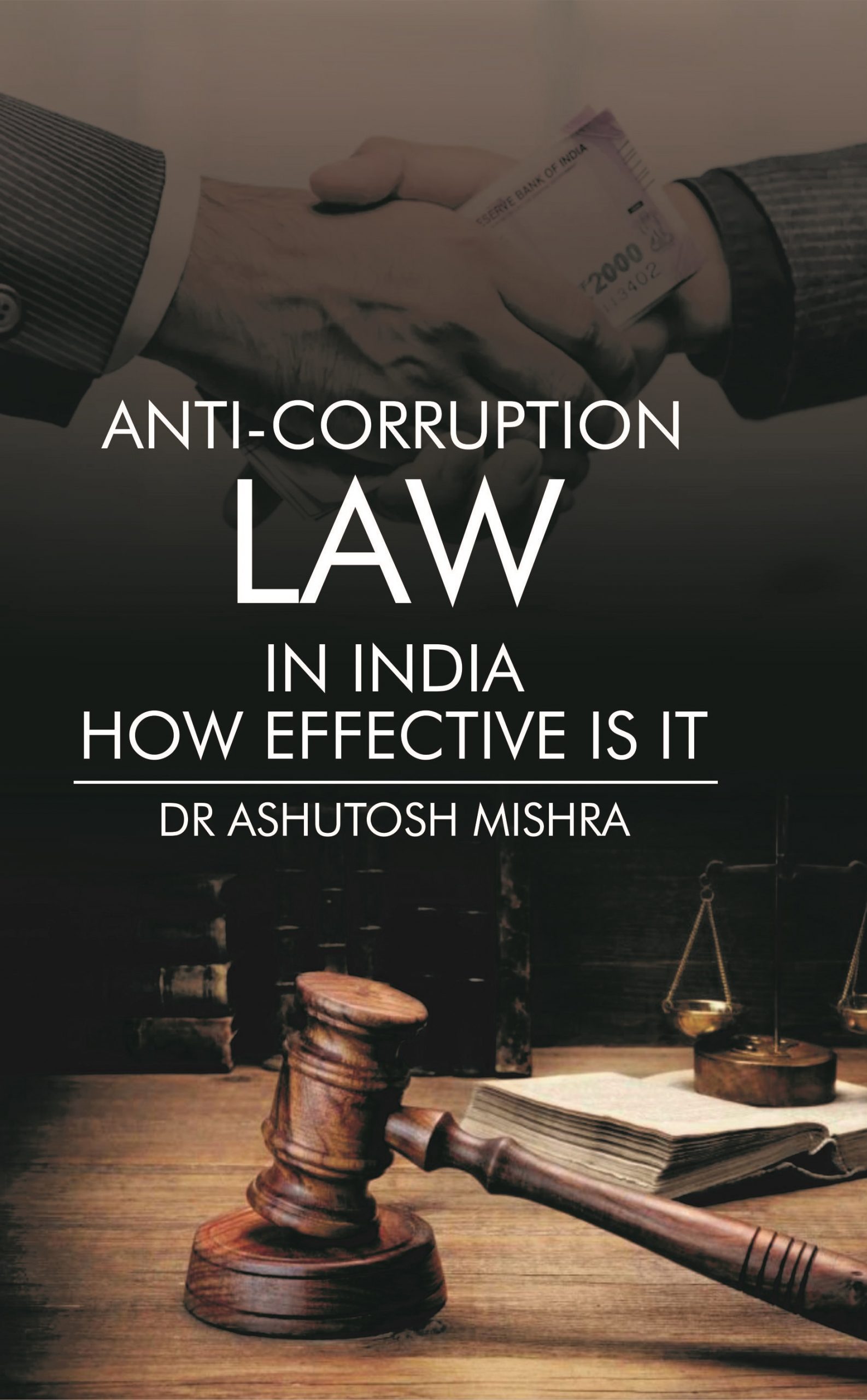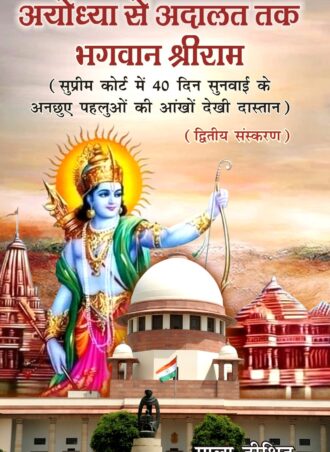Description
ANTI-CORRUPTION LAW IN INDIA: HOW EFFECTIVE IS IT?
Bribery and Corruption have a destructive effect on modern business and commerce, and can ruin it completely. According to the annual Kroll Global Fraud Report, India has one of the highest national incidences of corruption at 25%. Further, according to the Transparency International Corruption Perception Index, India ranks 78 out of 180 nations. Given that India is one of the most significant economies of the World, these statistics have harmed India’s ease of doing business campaign and also hamper the sanctity of government contracts in the eyes of investors. Governments have been combating the issue of corruption since ages now, and it will likely have to continue to do so. However, what is vital is that the legislative structures to prevent and limit these practices are constantly upgraded to keep pace with the changing environment.
India has successfully introduced regulations in recent years to control the corruption levels in the country. In addition to various recently enacted laws, India governs corruption under two major laws- the Indian Penal Code, 1860, and the Prevention of Corruption Act, 1988, (POCA) as amended in 2018. In addition to criminal prosecution, POCA also provides for blacklisting the guilty. Further, in addition to the investigating agencies and the prosecution machinery, offices of the Comptroller and Auditor General (CAG) and the Central Vigilance Commission (CVC), also play key roles in addressing the Public Interest Litigations. However, there also have been instances of failures to enact appropriate laws.
This decade was one of the worst for India in respect of public procurement controversies. Thus, two unsuccessful attempts at introducing a Public Procurement Bill were made. One of these, introduced in 2012, lapsed, while the other was never introduced. However, procurement rules have been devised by various government departments. Further, the Competition Commission of India (CCI) has the power to examine information related to public procurement suo motu, without having any complaint filed before it.
Another related issue to corruption is that of lobbying. Indian government agencies are not mandated to consider the interests and viewpoints of various stakeholders before formulating rules and regulations. In light of the Nira Radia controversy, the Disclosures of Lobbying Activities Bill was introduced in 2013 to regulate the practice of lobbying and the lobbyist. The Bill however lapsed.
In this Paper, the law and the regulatory framework related to corruption will be examined, with a special reference to the 2018 amendments to POCA. Additionally, the measures that individual companies can take to ensure compliance with the law will also be discussed. Further, India’s regime will be compared with related International standards, and some instances of prosecutions will be examined. Lastly, the inadequacy of the legal regime, along with issues in enforcement will be explored, and an attempt shall be made to provide suggestions to improve the effectiveness of India’s anti-corruption laws.
HYPOTHESIS
[As suggested in the Title] Anti-Corruption laws are insufficient and ineffective to curb the growing corruption in India.
PLAN OF STUDY
The Study shall be tentatively chapterised as follows:
- Legislative and Regulatory Framework
- The Prevention of Corruption Act
- The Indian Penal Code
- Public Procurement
- Lobbying
- Other Laws
- Policies Adopted by Companies
- International Standards [This Chapter shall deal with the International Standards and how India’s Legal and Regulatory Framework compares to it]
- United Nations Convention Against Corruption
- OECD Guidelines
- International Chamber of Commerce, Rules on Combating Corruption
- Problems and Challenges [This Chapter shall deal with the inadequacy of corruption laws in India]
- Investigation, Prosecution and Adjudication of Bribery and Corruption
- The Procedure
- Key Issues
- Recent Prosecutions
- Conclusions and Suggestions






Reviews
There are no reviews yet.